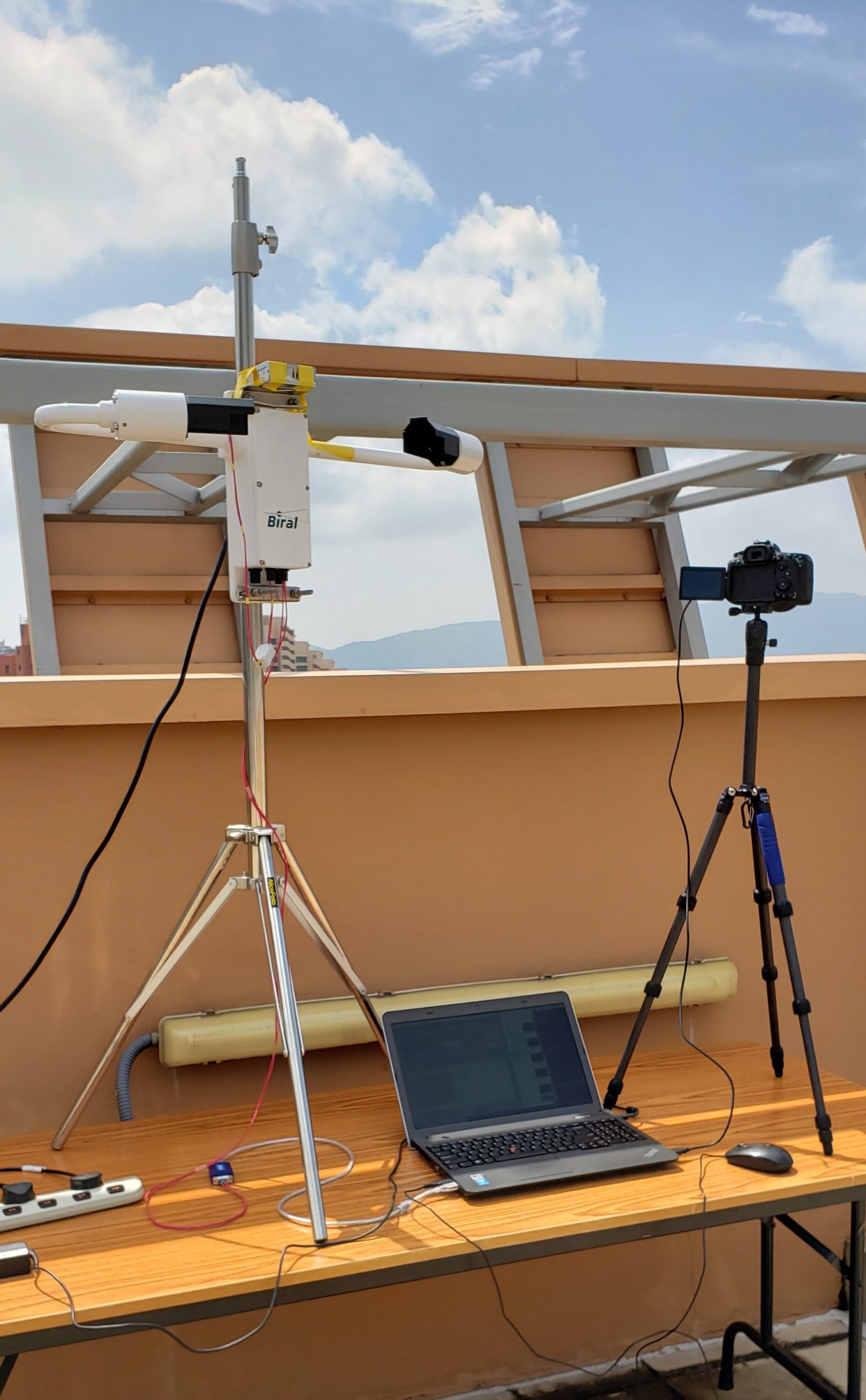(Date: Sep 2018) Prof. Wai Lun LO, Professor and Head of the Department of Computer Science and Dr. Hong FU, Associate Professor, CS Dept and have successfully got Research Funding from the Research Grant Committee (2018-19) for the following project. It is expected that the project will start in Jan 2019.
Meteorological Visibility Estimation by using Particle Swarm Optimization and Neural Network
UGC/FDS13/E02/18
Prof. Wai Lun LO (PI), Head of CS dept., Associate Dean FSE, CHCHE
Prof. Henry Shu Hung Chung (Co-I), Professor, Electronic Engineering Dept., HKCityU
Dr. Hong FU (Co-I), Associate Professor, CS dept, CHCHE
Research Grant Committee, Hong Kong, Faculty Development Scheme
24 months, HK$ 580,275



Project Summary
Meteorological Visibility is a measure of the greatest distance at which an object near the ground can be recognized under a bright background. The uses of the Visibility can be used as safety indicators for road, sea and flight traffic. Furthermore, visibility can also be used as an environmental parameter to monitor weather or pollution condition.
The conventional digital image estimation methods for visibility is based on the manual extraction of images’ features and the meteorological laws calculation. Past research has found that the evaluation accuracy of this approach is influenced and affected by the image quality and different kinds of noise. Since it is difficult to extract all these factors manually and involve them into a certain equation for visibility estimation, intelligent approach should be used to extract the useful factors for visibility estimation.
Preliminary research work has been done to develop an algorithm for visibility estimation by using webcam images. Effective area is extracted from digital images which forms the input for a pre-trained Convolutional Neural Network (CNN). Features are then extracted based on single variable correlation. A Generalized regression neural network (GRNN) is then designed for visibility estimation based on deep learning methods. The selected weather photos with ground truth provided by Hong Kong Observatory are then used to train an Artificial Neural Network so that visibility can be estimated. The results of the preliminary research work show that the method with deep learning feature is applicable for visibility prediction and it can give an accuracy higher than that of the traditional hand-crafted features method. However, the effective area is extracted by using expert judgment instead automatic extraction methods. The set of feature vectors are also chosen from CNN by single value correlation values. The digital image for training neural network are based on Webcam capturing, it cannot provide details information for training as the image resolution are relatively low. Furthermore, the ground truth visibility values are provided by Hong Kong Observatory and the observing sites are fixed by HKO.
In this proposed project, a Visibility Monitoring System (VMS) with hardware visibility meter and High Resolution Digital Camera will be developed to monitor the visibility variations at the chosen site. The data obtained from VMS will act as reference models or ground truth data for Neural Network training. An intelligent method will be developed to extract the effective area from the digital image captured by the high resolution Digital Camera. The image matrix of the effective regions will act as the input to a pre-trained Neural Network named AlexNet network. Based on the multiple correlation and the Particle Swarm Optimization methods, an intelligent method will be developed to extract a smaller set of features values from the feature values generated by the Alexnet. The features vectors together with the measured visibility values will acts as a referenced model for ANN training and visibility estimation. Simulation results and the estimated visibility will be compared with the data measured by standard visibility meter.
It is expected that the proposed intelligent Meteorological Visibility Estimation methods can outperform the algorithm derived by our preliminary research. The overall research outcomes of this project can contribute to the area of environment monitoring and sustainable technology.


